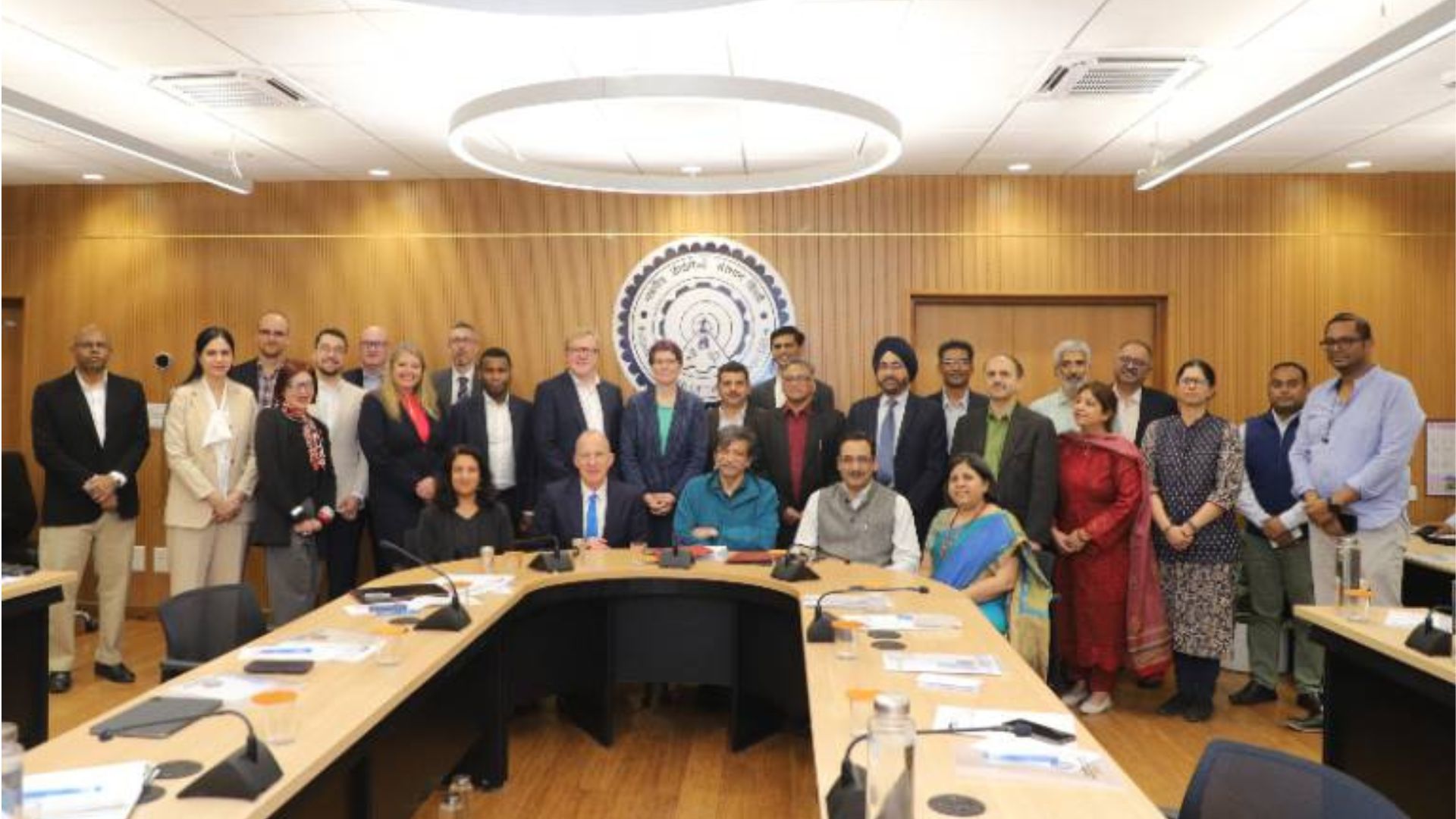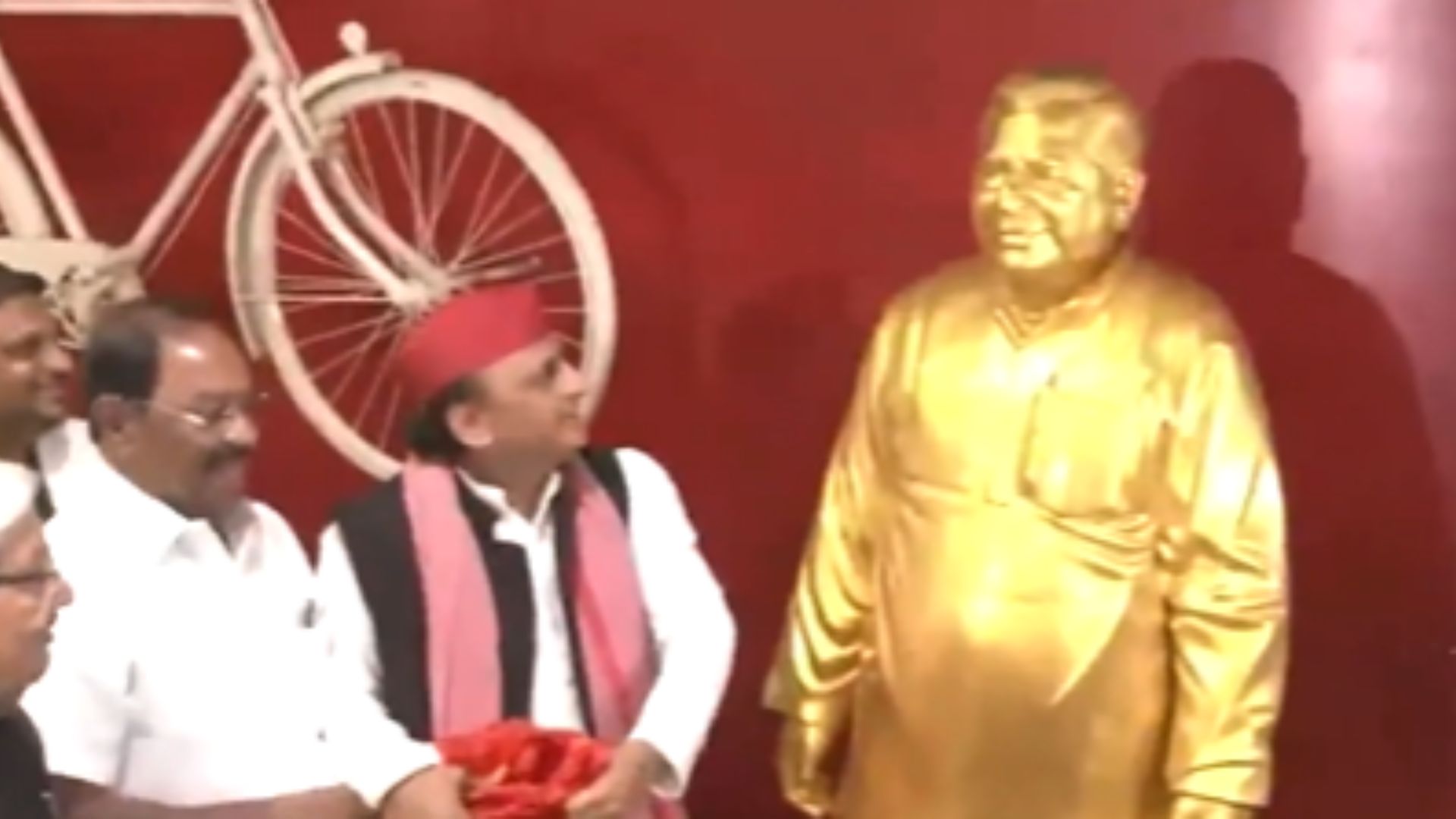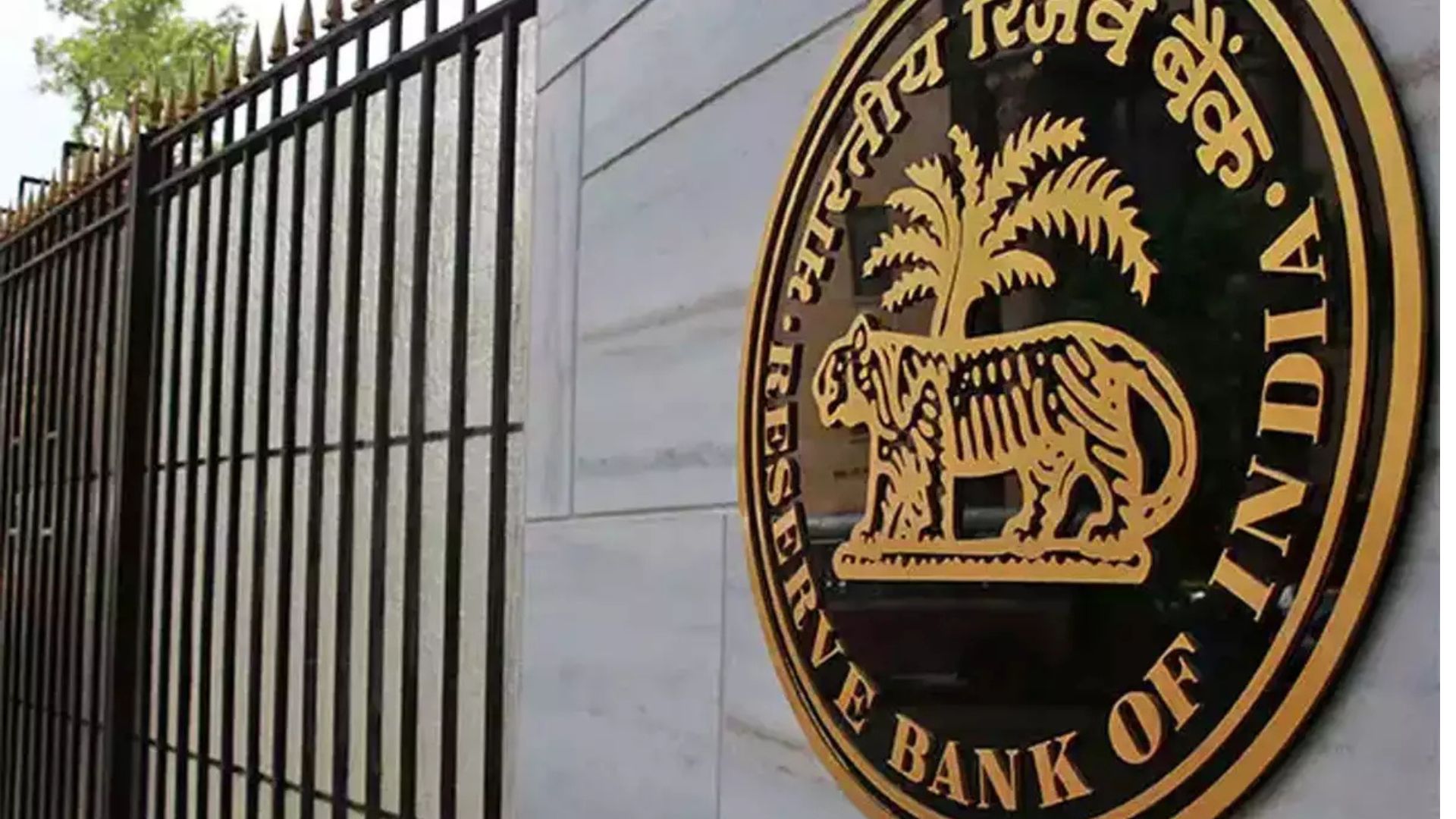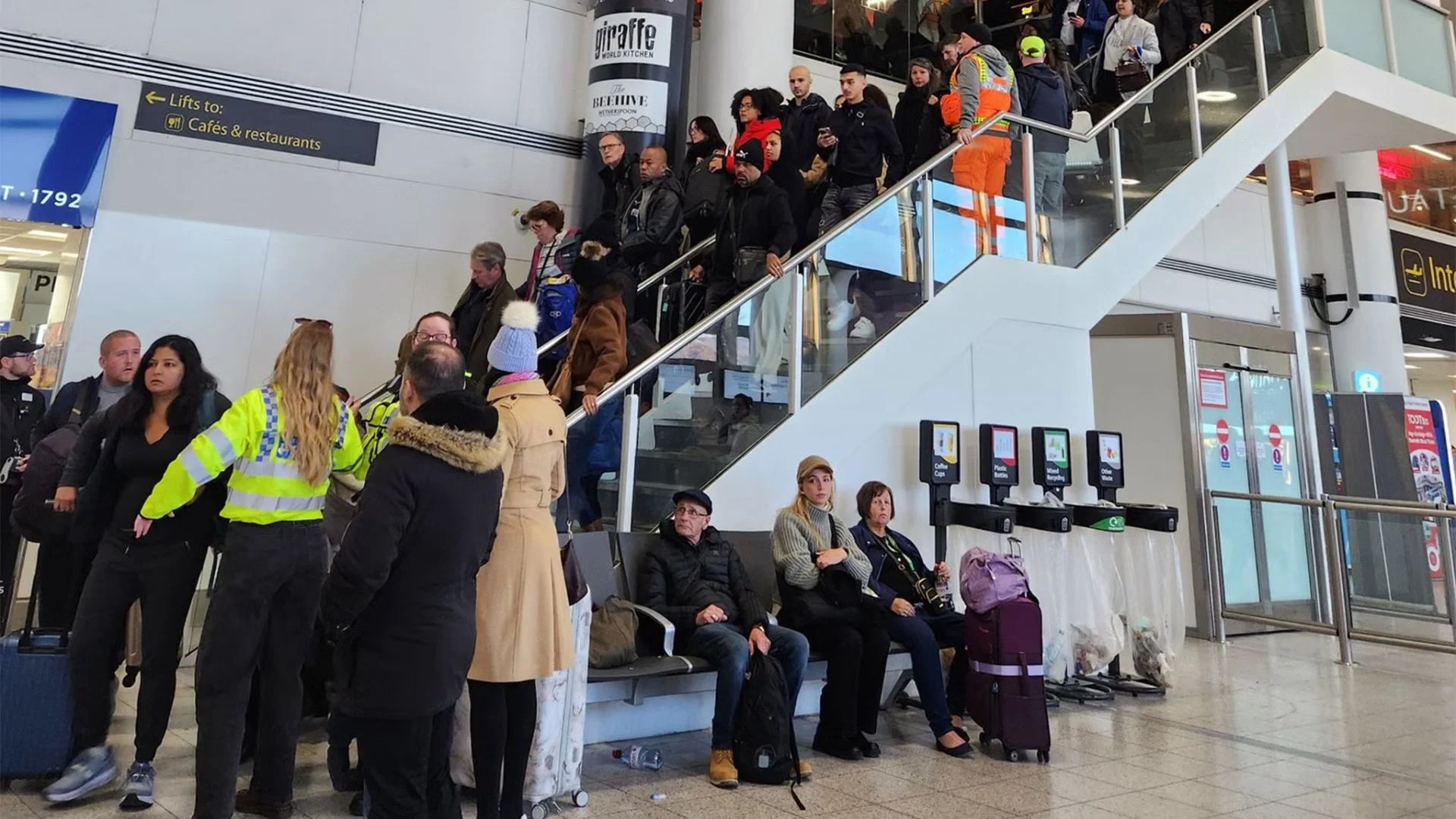
In a very significant development, we saw how just recently on 24 June 2022, the Karnataka High Court has in an extremely learned, laudable, landmark and latest judgment titled K Lakshmaiah Reddy vs V Anil Reddy & Others in Writ Petition No. 10926 of 2022 and cited in 2022 LiveLaw (Kar) 237 held in no uncertain terms that a counsel/advocate appearing for the parties are entitled to be physically present at the remote point from where the evidence of such party is being recorded through video conferencing. It must be mentioned here that a Single Judge Bench of Justice Sachin Shankar Magadum allowed the petition filed by one K Lakshmaiah Reddy who had challenged the order of the Trial Court which had declined permission that was sought by his counsel to be present at the remote point while recording of the evidence. Very rightly so!
To start with, this brief, brilliant and balanced judgment authored by a single Judge Bench of the Karnataka High Court comprising of Justice Sachin Shankar Magadum sets the ball rolling by first and foremost putting forth in para 1 that, “The captioned writ petition is filed by the defendant No.2 questioning the order dated 30.05.2022 passed on memo filed by the petitioner/defendant No.2. Under the impugned order, the learned Judge has declined permission sought by the counsel appearing for the present petitioner/defendant No.2 to be present at the remote point while recording evidence of defendant No.2.”
To put things in perspective, the Bench then envisages in para 2 that, “The present petitioner is a resident of Michigan, USA and is aged about 87 years and is suffering from various health issues. Therefore, the petitioner filed applications in I.A.Nos.27 and 28 under Rule 6 of the Video Conferencing Rules and also application in I.A.No.36 under Order 18 Rule 16 of CPC to examine the petitioner immediately. The said applications were allowed by the Trial Court thereby permitting the present petitioner/defendant No.2 and defendant No.5 to record their evidence through Video Conference. The Trial Court accordingly with the consent of parties to the suit, fixed the date of recording evidence through video conferencing on 06.06.2022. The petitioner filed memo on 25.05.2022 requesting the Court to make further e-mail correspondence towards logistic support and to inform the remote point coordinator to issue 5 entry passes to enable the petitioner to have assistance of his Advocate and also attendants.”
While stating the precise reason behind filing of petition, the Bench then specifies in para 3 that, “The contesting defendants filed statement of objections to the said memo. The learned Judge vide impugned order at Annexure-A has refused to permit the petitioner’s Advocate to be present at the remote point while recording evidence of defendant No.2. It is this order which is under challenge.”
To be sure, the Bench then states in para 14 that, “Before I advert to the controversy involved between the parties, it would be useful for this Court to refer to the relevant Rules framed by this Court which is titled as “Rules for Video Conferencing for Courts”. The relevant definitions are culled out as under:
“2(v) ‘Court Point’ means the Courtroom or one or more places where the Court is physically convened, or the place where a Commissioner or an inquiring officer holds proceedings pursuant to the directions of the Court.
2(x) ‘Remote Point’ is a place where any person or persons are required to be present or appear through a video link. 2(xii) ‘Required Person’ includes:
a. the person who is to be examined; or
b. the person in whose presence certain proceedings are to be recorded or conducted; or
c. an advocate or a party in person who intends to examine a witness; or
d. any person who is required to make submission before the Court; or
e. any other person who is permitted by the Court to appear through video conferencing.””
Needless o say, the Bench then mentions in para 21 that, “The respondents are objecting the presence of counsel at the remote point. The moot question that has to be examined before this Court is, as to whether the Court is vested with discretion to permit the counsel on record to be present at the remote point along with his client?”
It would be instructive to note that the Bench then enunciates in para 22 that, “Rule 14 refers to ‘Conduct of proceedings’. It would be useful for this Court to refer to Rules 14.1 and 14.7 which reads as under:
“14.1 All Advocates, Required Persons, the party in person and/or any other person permitted by the Court to remain physically or virtually present (hereinafter collectively referred to as participants) shall abide by the requirements set out in Schedule I.
14.7 The Court shall satisfy itself that the Advocate, Required Person or any other participant that the Court deems necessary at the Remote Point or the Court Point can be seen and heard clearly and can clearly see and hear the Court.””
For sake of clarity, the Bench then clarifies in para 23 that, “On perusal of Rule 14.1, it is clearly evident that the said Rule clearly contemplates and enables all Advocates, required persons, party-in-person either to remain physically or virtually present who are collectively referred to as participants. The only rider to the said sub-rule is that the participants are required to abide by the requirement set out in Schedule-I to the Rules. Therefore, the “Required Person” as defined under Rule 2(xii) would not necessarily mean that it is only the witness, who has to be examined, has to be physically present at the remote point. This Court is unable to understand as to how the counsel on record can be denied a right of audience at the remote point. Rule 14 clearly contemplates and permits all Advocates including required persons or party-in-person to be physically present at the remote point. Further, Rule 14.7 also gives discretion to the Court in a given case to permit the Advocate or any other participants that Court deems necessary at the remote point or Court point.”
Frankly speaking, the Bench then observes in para 24 that, “The definition “Required Person” and further persons who can be permitted to be present at the remote point as contemplated under Rule 8.11 cannot be so narrowly construed and interpreted so as to exclude a counsel. If such a proposition is accepted, that would take away the valuable rights of a client who is entitled for apt assistance by his counsel on record. It is an established tradition that a trusting relationship between a client and Advocate is necessary for effective representation. Therefore, legal assistance before a witness is examined or cross-examined plays a vital role. The counsel appearing for either of the parties are the most important actors of most court room interactions. The Advocates on record are the central influence in the court room. Therefore, personal contact between a counsel and his client stand together in Court and therefore, is deemed very important in establishing trust which would ultimately result in establishing a litigants’ faith in the legal system overall and this trust is often built by the Advocates on record who are also officers of the Court. Mere presence of Counsel of a deponent under cross-examination at remote point would result in either prompting or tutoring the witness.”
Most forthrightly, the Bench then states in para 25 that, “The definition “Required Person” under Rule 2(xii) coupled with Rule 8.11 authorizing a coordinator at the remote point to ensure that no person is present at the remote point cannot be read in isolation. The above said relevant rules have to be conjointly read along with Rules 14.1 and 14.7. A witness is entitled for legal assistance even when he is cross-examined. However, at the time of cross-examination, his counsel cannot prompt or tutor him. Based on mere apprehension, the above said rules cannot be narrowly interpreted so as to exclude the counsel on record who is an integral part of legal system and plays a vital role in dispensation of justice. The Advocates admittedly play a role as an Officer of the Court. His presence at the time of cross- examination of his witness is further more essential. It is a common fact that cross-examination often involves a battle of wits between cross-examiner and witness. At times, Advocates cross-examining the witness may have to use guile to expose the unreliability of the witness, as when the latter is lulled into a false sense of security and does not realise that he is being trapped or set up for questions which will effectively challenge him. Advocates often adopt such an approach which are essential to break the effect created by the witness in examination-in-chief or in his affidavit of the evidence in chief. Therefore, it is the counsel appearing for the witness who is subjected to cross-examination can object to the questions posed to the witness which are found to be contrary to ethical rules. In such circumstances, it is the Advocate who has to meticulously watch the proceedings of cross-examination and has to be vigilant to see that Advocate who is cross-examining does not lie or put untruths to the witness. The essence of the principle here is that the cross- examiner must not act dishonestly. He must not mislead the Court as well as the witness who is being cross-examined. Therefore, the presence of Advocate also plays a vital role when his witness is being cross-examined at the remote point. The presence of Advocate at the remote point would create a sense of security and would help him to face test of cross-examination. That cannot be misconstrued to such an extent that it would amount to prompting or tutoring. His mere presence at the remote point will not violate the Rules.”
Quite commendably, the Bench then holds in para 26 that, “Therefore, in the present case on hand, defendant No.2 is entitled to seek legal assistance even when he is being cross-examined by way of video conferencing. Using video conferencing, the defendant’s rights cannot be sacrificed in the name of procedural efficiency. The adversarial model which is adopted for several decades cannot be abandoned under the garb that the Rules relating to video conferencing does not permit. Adversarialism is a cornerstone of the legal process; the system is predicated on this tenet. Denial of legal assistance while recording ocular evidence of a witness through video conferencing violates fundamental fairness.”
In the present context, the Bench then also makes it clear in para 27 that, “Looking to the recent trend, video conferencing does have a place in the legal system. The challenge is not to exclude it but to use it responsibly. The video conferencing can produce better results, but at the same time, certain highlighted issues which may prop up down the line have to be addressed effectively. The client is entitled to seek assistance and therefore, the clients interaction with his counsel on record is quite essential to a fair trial and a person who is supposed to be cross-examined is entitled to meet his counsel ahead of time to discuss every anticipated questions, concept or a piece of evidence. The Rules that are framed by this Court governing recording of evidence through video conferencing require all participants to follow the Rules in terms of Schedule-I which is annexed to the Rules.”
As a corollary, the Bench then observes in para 28 that, “It is in this background, the proposition floated by the counsel appearing for the contesting respondents cannot be acceded to. An Advocate should always be with his client. The Rules framed by this Court do not intend to support plaintiffs team or a defence team. The counsel appearing for respective clients are entitled to stand together and the same is necessary for an attorney-client relationship to function properly. A medium that interferes with the court’s main mission should be eliminated.”
Quite forthrightly, the Bench then also clearly states in para 29 that, “The contesting parties are entitled to have a discussion with their Advocates on record as they need to discuss important decisions concerning vital documents, basic legal strategy prior to appearing in Court. Personal meetings are better for hastening out case strategies, fact gatherings and basic legal tactics. Therefore, it is in this context, if the proposition of respondents is accepted and if counsel appearing for a witness who is supposed to be cross-examined is denied a right of audience at a remote point, the apprehension that the ocular evidence recorded through video conferencing will not satisfy the prescribed requirements of a fair trial and the same would create a doubt in regard to legitimacy of a legal process may turn out to be a hard reality. Therefore, denial of right of audience to a counsel on record has its own ramifications and may result in violation of fundamental fairness and may also have impact on due process of law.”
Furthermore, the Bench then states in para 30 that, “By introducing technology and by bringing in recording of ocular evidence through video conferencing, an attempt is made in all good faith to meet the standards of face-to-face trial. By bringing in new Rules, the Courts have to meet the established standards and traditions in recording evidence physically in the open Court. The dignity and ritual of physical presence in the Court was found to be absolutely necessary for public perception of justice. A very ceremony of trial and presence of fact finder may exert a powerful force for truth telling. The opportunity to judge the demeanor of a witness face-to-face is accorded great value in our tradition. Now in a given case, where parties consent to record ocular evidence through video conferencing has to meet the above said standards. There is an apprehension that non-verbal cues are unavailable or harder to read when associated with video conferencing. Therefore, the presence of counsel of a witness to be cross-examined at a remote point becomes further more essential.”
What’s more, the Bench then stipulates in para 31 that, “In the light of the discussions made supra, now let me see whether the Court is vested with discretion to permit the counsel appearing for a witness who is supposed to be cross-examined to be present at the remote point. The remote point has to be considered as an extended court room. A Court includes a physical court and a virtual court and if a Court can have court point at one or more place, then the Rules clearly prescribe that the counsel on record can be present at all point either in the Court physically or through a video link or at a remote point physically. Rule 14.1 clearly contemplates persons who are entitled to participate in court proceedings. Rule 14.1 clearly indicates that all Advocates and required persons are entitled to remain physically or virtually present. A discretion is also vested with the Court under Rule 14.7 and it is well within the discretion of the Court in a given set of facts to permit Advocate, required person or any other participants that court deems necessary at the remote point or at the court point. If at all any mischief is played during the course of recording evidence, the Court is better placed to hold an enquiry in regard to any mischief that would be complained.”
Of course, the Bench then rightly points out in para 32 that, “Unlike face-to-face hearing, a Judge has a privilege of replaying the recording and find out as to whether the witness is hoaxed or tutored. The court can also examine whether counsel on record has interfered and assisted the witness under cross-examination. The guidelines set out in Schedule-I coupled with Rule 5.6.4 clearly provides adequate protection. It is in this background, this Court would find that the apprehension of the respondents and objections raised in regard to entitlement of counsel on record to be physically present at remote point appears to be misconceived.”
Most significantly, the Bench then lays down in para 33 that, “If the order under challenge is tested in the light of the above said discussions made supra, this Court is of the view that the order under challenge is not at all sustainable. Mere bald allegations that if the counsel is permitted to be physically present at remote point, then every possibility of petitioner getting prompted, tutored or coaxed cannot be acceded to and such an objection is not at all sustainable. In fact, Rule 14 which lays down guidelines for conducting proceedings through video conferencing clearly contemplates and authorizes all Advocates to be present physically at remote point. A discretion is also vested with the Court in a given set of facts to permit the counsel or any other unconnected participants to be physically present at the remote point. It is in this background, this Court would find that the learned Judge erred in not exercising discretion judiciously. Therefore, the finding of the learned Judge that counsel appearing for the present petitioner/defendant No.2 is already present at the remote point and he can join recording of evidence by joining the link does not satisfy the requirements of a fair trial. The learned Judge erred in not exercising judicial discretion by permitting the counsel appearing for defendant No.2 to be physically present at the remote point.”
In addition, the Bench then also most commendably notes in para 34 that, “If a coordinator at the remote point is already available and if the entire ocular evidence is video recorded, any slight mischief can be easily taken notice of and the consequences would follow if the counsel contravenes any of the courtesies and protocols applicable to a physical Court. Therefore, I am of the view that the counsel appearing for the defendant No.2 is entitled to be physically present at the remote point.”
Finally, the Bench then concludes by holding in para 35 that, “For the reasons stated, supra, I pass the following:
ORDER
(i) The writ petition is allowed;
(ii) The impugned order dated 30.05.2022 passed in O.S.No.66/2016 on the file of the III Additional City Civil & Sessions Judge, Bengaluru is set aside. Consequently, the memo dated 25.05.2022 filed by the petitioner/defendant No.2 is allowed;
(iii) The coordinator at the remote point shall ensure that while recording evidence of the petitioner/defendant No.2, the persons who are permitted to be present at the remote point will not indulge in interfering with his cross-examination;
(iv) Before commencing with the recording of evidence of petitioner/defendant No.2, the Court shall satisfy itself that the counsel appearing on behalf of petitioner/defendant No.2 can be seen and heard clearly at the remote point;
(v) The Court shall also monitor and take all necessary precautions that recording of ocular evidence of petitioner/defendant No.2 is conducted by strictly following the Rules.”
In essence, the Karnataka High Court has thus made the entire picture pretty clear in this notable judgment about counsel being entitled to physically accompany a party to remote point while giving evidence via video conferencing. We have already discussed it in detail. It merits no reiteration that all the courts must definitely pay heed to what the Karnataka High Court has held so very explicitly in this leading case!















